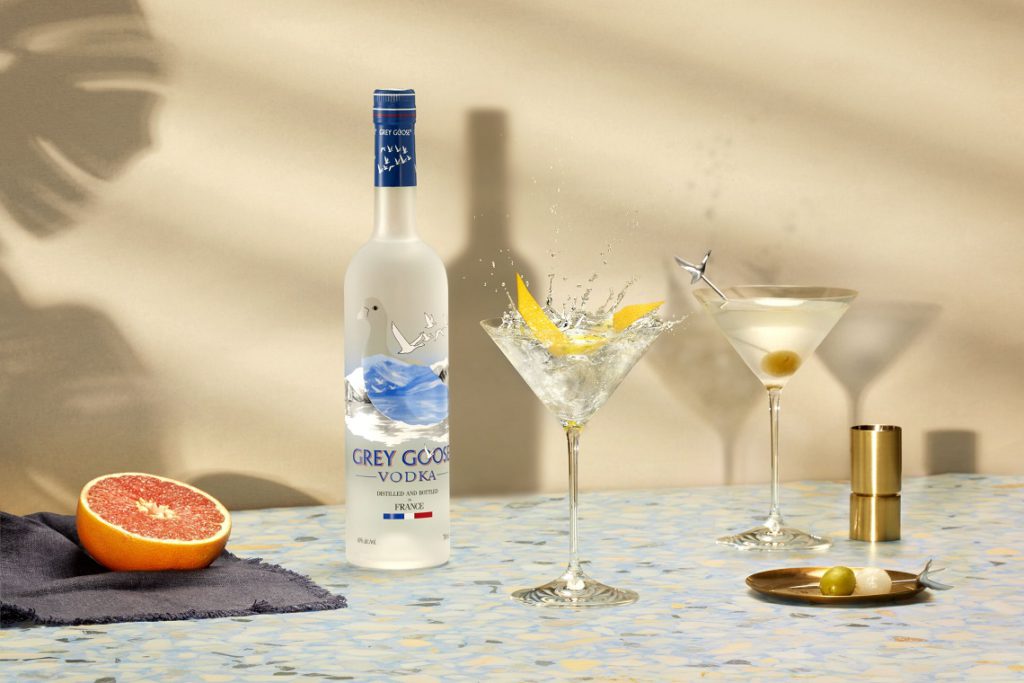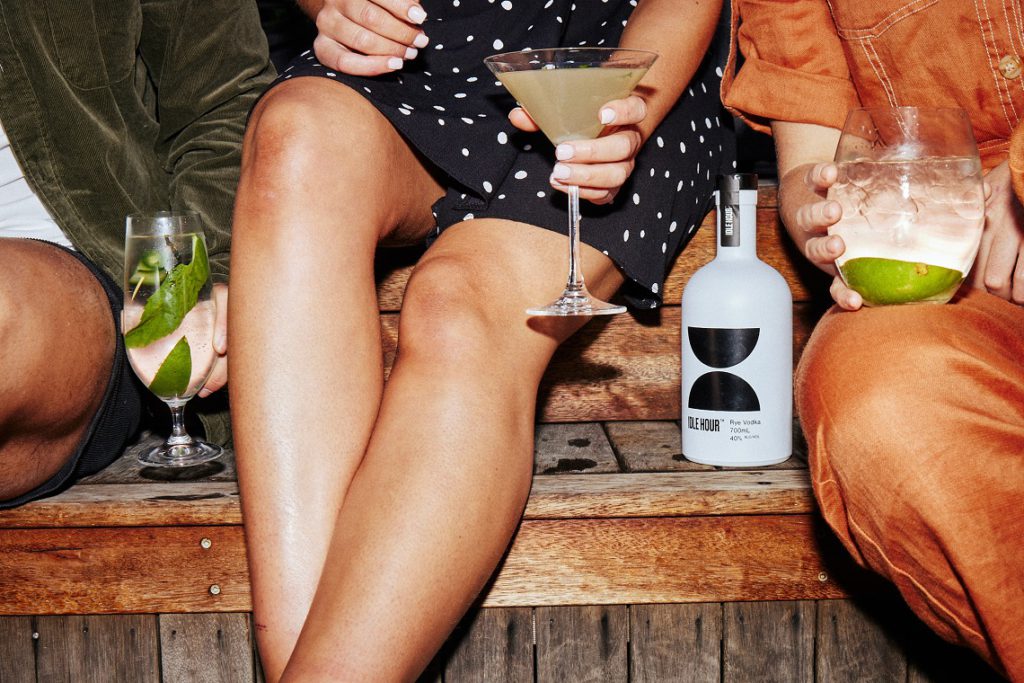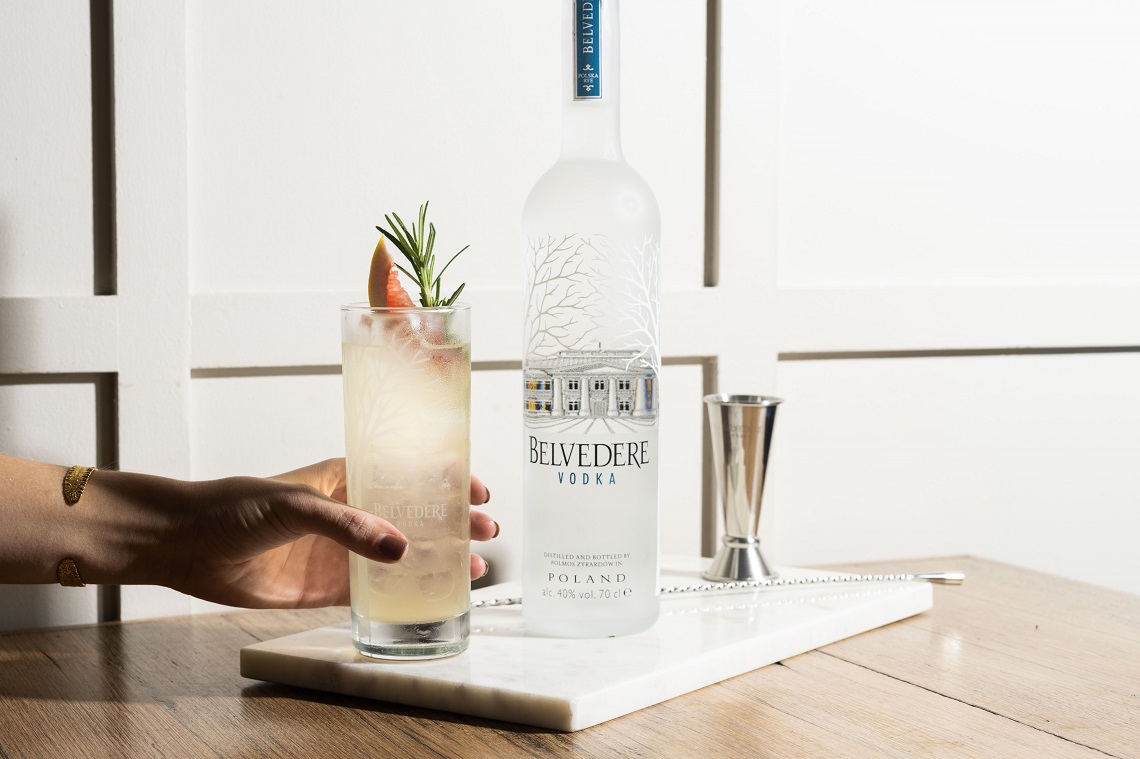In the December/January issue of National Liquor News, Cindy Panzera investigates recent trends that suggest consumers are beginning to understand more about the nuances of vodka beyond being a neutral spirit for mixing.
Vodka sits firmly at the heart of Australia’s accelerated at-home cocktail and mixology movement, a trend spurred on by almost two years of lockdowns and on-premise closures across the country. From a classic, dirty, or espresso Martini, to a brunchtime Bloody Mary, vodka’s ability to blend with virtually any ingredient is unmatched – making it the largest category within glass spirits.
Vodka represents $825 million in national annual sales, and despite its leading position, the category still achieved a +13.6 per cent sales increase versus last year, well ahead of the benchmark for total glass spirits (+9.5 per cent), according to figures provided by IRI’s Liquor and Tobacco Consultant, Antonia Tolich.
Underpinning this remarkable performance is a wave of new vodka consumers and home bar enthusiasts. Tolich’s data also revealed that almost one in 10 households purchased vodka at least once in the past year – up by an extraordinary 2.6 percentage points compared to pre-COVID.
Nicholas McShane, Brand Manager – Premium Liquor at Stuart Alexander & Co, the distributor of AVOSH Vodka, said: “Vodka in Australia is a prime reflection of how at-home mixology has shaped consumer purchasing and behaviour… with the pandemic closing on-premise businesses, consumers have been making their favourite serves at home and pursuing cocktail experimentation.”
Stephanie Sarantakos, Marketing Manager for Grey Goose at Bacardi-Martini Australia, said vodka’s versatility is one of the reasons behind its increased consumption.
“People are now bartending at home more than ever before, vodka is a great, easy ‘base’ spirit that can be used in many cocktails for the home bartender,” she said.

Challenging the notion of neutral
Indeed, vodka’s neutral versatility and ability to serve as an efficient carrier for an endless array of cocktails and mixed drinks means it is often misconceived for being an odourless, flavourless, colourless spirit with little difference in taste profile between brands.
Ewen Pettit, Co-founder of Idle Hour, said: “The old adage in vodka, and I hate saying this, is vodka’s vodka’s vodka. That makes it really hard for people to really understand the tiers or the levels of vodka. And primarily, again this sounds terrible, but people drank vodka for the flavour of the mixer, not for the flavour of the vodka.”
This perception, however, appears to be waning in recent times. Impressive sales performance of premium and super-premium vodka brands over the past 12 months upend the idea that the category’s sole appeal is built on a neutral-tasting playing field; instead, it highlights that consumers are becoming more discerning when shopping for vodka.
Tolich said: “The fastest-growing price segments in vodka have been in premium ($75-$99) and superpremium ( >$99) as buyers are seeking out perceived higher quality in leading brands such as Ciroc, Grey Goose and Belvedere.”
Genevieve Ireland, Brand Manager for Belvedere, believes that increased consumer understanding of provenance, origin and ingredients is a growing trend impacting vodka; and brands are responding by being more transparent on where they come from and where they are made.
Ireland said that Belvedere has long challenged the belief that vodka is a neutral spirit. She cites Belvedere’s Single Estate Rye Series as an example of how vodka can be crafted to capture the distinctive essence of their respective terroirs.
“These vodkas reveal the direct impact a place has on taste and character and demonstrates that rye vodkas can display different flavour profiles based on where that rye is grown,” Ireland said.
Jonathan Howells, Group Marketing Manager for Amber Beverage Australia, said he is also seeing a growing desire for quality from consumers. They want to understand the provenance, the production and the quality that goes into making the company’s key vodka brands, Stolichnaya and Elit.
SKYY vodka recognised the opportunity to lean into a new generation of drinkers who are more inclined to choose brands with authentic stories tied to their birthplace. The brand recently brought together a diverse group of experts including a water sommelier, a chemist, and a professional bartender to craft a liquid reboot.
“Now enriched with the taste of Pacific minerals sourced from the San Francisco Bay Area, and filtered through California Limestone, the new twist to SKYY’s liquid… is the base for a better-tasting vodka and soda that embodies the natural character and spirit of SKYY’s birthplace,” said Vanessa Liew, Channel Marketing Manager for Off-Premise and E-commerce for Campari Australia, local distributor of SKYY vodka.
These kinds of authentic stories and connections were also recognised by Pettit when building Idle Hour. He believes there is an opportunity to bring back some of the cultural energy that vodka has lost in Australia, and learning from the success of other spirit categories when it comes to provenance, is one of the things that will fuel the vodka renaissance.

Flavour curious
With so many craft vodka brands and interesting flavours emerging, it’s a fun time for vodka lovers as well as for those who are interested in exploring the category.
Trevor Hannam, Head of Sales for Archie Rose Distilling Co. in Sydney, said: “There are some great local and international distilleries who are evolving vodka to a space very different to where it’s been over the past decade or two.”
Hannam noted that the category is experiencing a real shift to flavour through the use of raw materials or botanicals.
“Vodka drinkers are now more curious – they’re seeking vodkas with natural fruit or botanical twists as consumer exploration spills out of categories such as gin. Botanical vodkas offer drinkers the flavour without them having to make the move to gin, which for some, is a stretch too far,” he added.
Archie Rose launched its new Native Botanical Vodka in September this year, which uses native and local botanical ingredients to make a vodka brimming with vibrant, fresh and nuanced flavours.
Also inspired by Australia’s abundant outdoors is AVOSH with its Bottlebrush Honey vodka, which imparts an aromatic smooth and sweet character without any of the sugar; and Idle Hour’s first release in its native series, infused with the sweet and sour of Kakadu plum and bite of Australian ginger.
Grey Goose is another premium vodka brand that has recently forayed into the world of flavours. Grey Goose Essences is available in three unique flavours and was launched to serve current trends in consumers looking for balance and better choices when it comes to drinking occasions, said Sarantakos. The new range was “created with only natural ingredients, no sugar, and infused with real fruits and cold distilled botanical essences.”
Tolich said that sales trends in vodka point to similar parallels in the gin category, where botanicals have really been a key driver of growth.
“I’d expect to see new items that have botanical infusions and natural fruit flavours; and we will likely see the growth of more sugar-free and preservative-free offerings as the market continues to trend more and more in this direction,” she said.
Read the rest of this feature, including insights on the expectations of vodka shoppers, in the December/January issue of National Liquor News.

